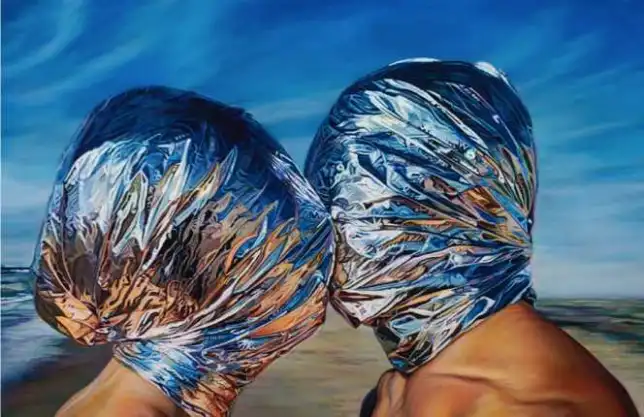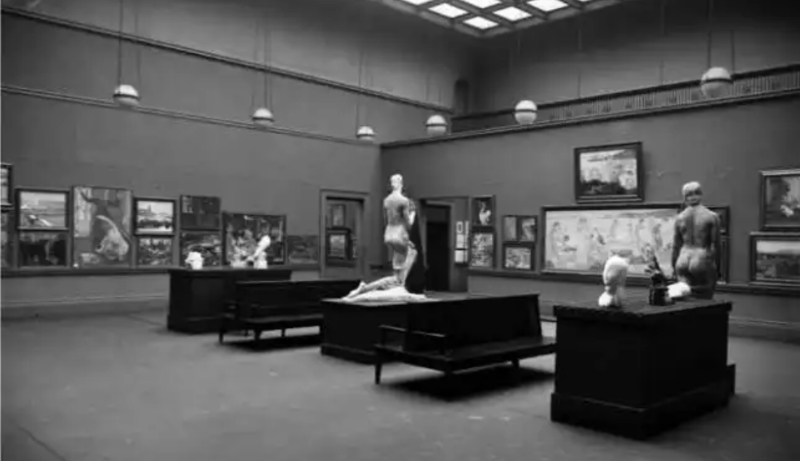A fair with revolutionary roots, since its inception in 1994, The Armory Show has played an important role in the cultural landscape of New York and worldwide. This year’s event, which took place from September 9-11 at the famous Javits Center, is no exception. The show brings together top contemporary and modern art galleries from around the world to display both established and new participants in the art market.
The Armory Show in New York in 1913 inspired the name of the event. The modern art exhibition featured works by Van Gogh, Matisse, and Picasso. It has subsequently been labeled the most important exhibition ever staged in the United States, introducing both the general audience and artists to a new type of art. The 1913 exhibition had such an impact that four New York dealers collaborated in 1994 to host an international art fair in its honor. This “new” art form quickly gained a cult and critical following.
Since its inception in 1994, The Armory Show has established itself as a leader in the international modern and contemporary art scene. This year’s festival featured approximately 240 galleries from more than 30 countries, divided into six smaller exhibitions: Galleries, Solo, Focus, Presents, Platform, and Not-for-profit.

“Galleries,” as the name suggests, featured a variety of international galleries. Meanwhile, “Solo” showcased intimate performances of work by artists including Nancy Holt, Fanny Sann, and Dóra Maura. This year’s fair will also emphasize art’s sociopolitical significance. The “Focus” show featured artists who address environmental, racial, gender, and power concerns via the lens of art. “Platform” is also inspired by the political landscape. Under the banner of “Monumental Change,” it seeks to shed light on artists’ responses to current cultural shifts.
Accessibility is key to The Armory Show’s concept, both for artists and for the general public. The “Presents” show highlighted budding galleries, while the “Not-for-profit” section of the fair is meant to promote the visual arts to a larger, more diversified public audience. For the first time, the fair also brought together three curators specialized in Latin American and Latinx art. The organizers of the event hope to do this by providing “a distinct, unified vision for the fair’s initiatives.”


